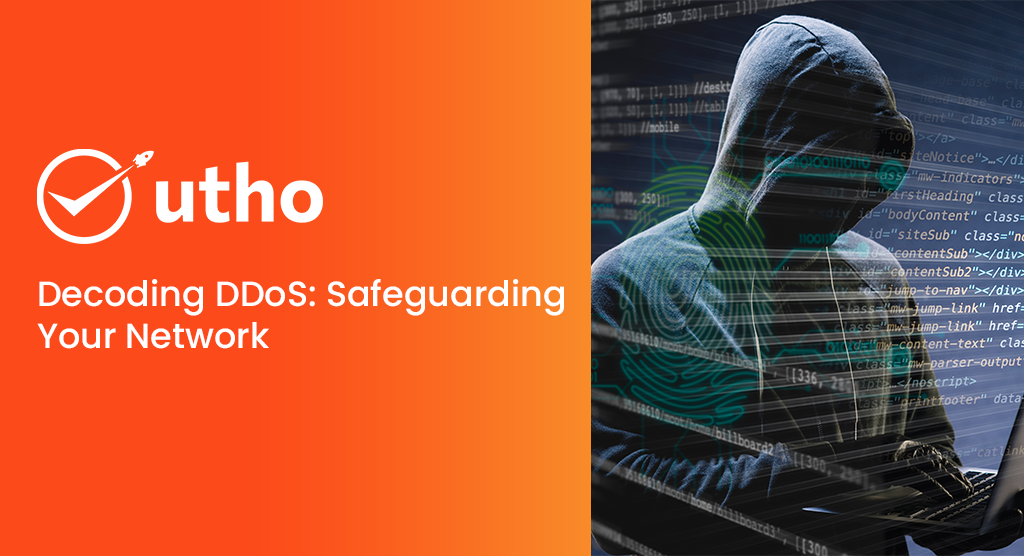In the current era, remote work has become the norm, leading people to spend significant time on the internet without always taking specific measures to ensure a secure session. Beyond individuals, organizations globally, which host data and conduct business online, are constantly exposed to the risk of DDoS attacks.
What is Distributed Denial of Service?
DDoS, or Distributed Denial of Service, refers to a cyber attack where a server or network resource is made unavailable for legitimate user traffic. The attack involves intentional disruptions by an attacker, causing a denial of service for the target host connected to the internet.
What is the operational mechanism of DDoS attacks?
A distributed denial-of-service (DDoS) attack seeks to impede server performance, aiming to either slow it down or cause a complete crash. The objective is to sever user connections from a server or network resource by overwhelming it with an influx of service requests. Unlike a simple denial-of-service, which involves a single attacking computer and one victim, DDoS relies on numerous infected or bot computers capable of executing tasks simultaneously.
What are the various types of Distributed Denial of Service attacks?
Numerous DDoS attack types fall into three primary categories:
Volumetric Attacks: Volumetric attacks, commonly known as "flood attacks," are the most prevalent form of DDoS. The objective is to overwhelm the target with massive traffic, excluding legitimate requests and causing congestion.
Protocol DDoS Attacks: Protocol DDoS attacks target OSI Layers 3 and 4, exploiting network protocols to deny service. Some rely on normal protocol behavior, exhausting resources, while others leverage inherent weaknesses in communication architecture. Initial signs include unusually high processor utilization and depleted computing resources. Similar to low-level volumetric attacks, identifying low-level protocol DDoS attacks can be challenging and costly.
Application Layer Attacks: Application layer attacks (OSI Layer 7) exploit weaknesses in web servers, applications, and platforms, often known as web application vulnerability attacks. By targeting specific code vulnerabilities, these attacks invoke aberrant behavior, leading to reduced performance or outright crashing. Detecting these attacks is challenging, as they typically involve low traffic volumes, making it difficult to pinpoint the source of the problem.
What are the consequences of a Distributed Denial of Service (DDoS) attack?
A DDoS primarily floods a site with an overwhelming volume of traffic, causing temporary disruptions. However, beyond crashing the site, it can serve as a distraction for the site owner, potentially leading to hacking attempts, system weakening, or malware downloads. In some cases, the server may be manipulated as a slave by the attacker.
Certain DDoS attacks are orchestrated to intimidate owners with ransom demands. After distracting staff with a DDoS, attackers may hack the system and threaten a full-scale attack unless a specified amount is paid.
What kind of support can Utho provide for you?
DDoS attacks are on the rise, becoming more sophisticated and utilizing various cybercrime tactics, including phishing, social engineering, and botnets. Utho employs transparent detection and dynamic attack response to identify attackers early without impacting user experience. It aggregates real-time device, network, and behavioral signals to uncover hidden signs of bot and human-driven attacks, such as phishing and device/location spoofing. When suspicious signals arise, Utho’s proprietary challenge-response technology distinguishes legitimate users from malicious bots.




